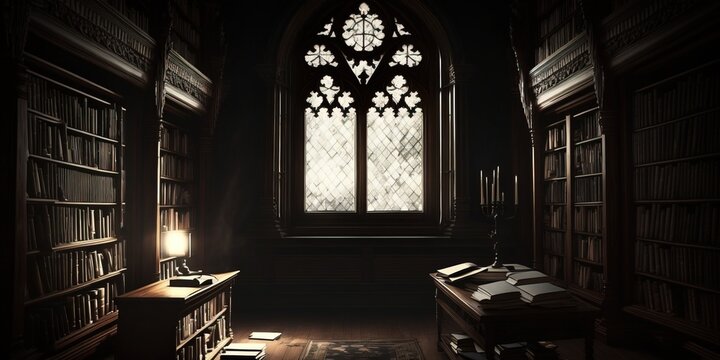
FAQ About Gothic Literature
Gothic Literature
2 years ago | gizem
When did Gothic Literature originate?
Gothic Literature originated in the late 18th century, with its roots firmly planted in the latter half of the 18th century. The genre began to take shape in England during the mid-1700s and gained popularity throughout the 19th century. Here's a rough timeline of its development:
- 1764: Often considered the starting point of Gothic Literature, Horace Walpole's novel "The Castle of Otranto" is published. This novel is credited as one of the earliest examples of the genre and helped establish many of its conventions, including supernatural elements and gloomy, imposing settings.
- 1790s: Ann Radcliffe, known as one of the pioneers of Gothic fiction, publishes works such as "The Mysteries of Udolpho" (1794) and "The Italian" (1797). Radcliffe's novels are characterized by intricate and suspenseful plots set in dark, mysterious castles.
- Early 19th Century: The Gothic genre gains momentum with the works of authors like Matthew Lewis ("The Monk," 1796) and Charles Maturin ("Melmoth the Wanderer," 1820). These authors continued to explore themes of horror, the supernatural, and emotional intensity.
- Mary Shelley's "Frankenstein" (1818): This novel, often regarded as a seminal work of both Gothic and science fiction literature, tells the story of Victor Frankenstein and his creation of a living being. It incorporates themes of science, morality, and the consequences of unchecked ambition.
- Edgar Allan Poe: In the mid-19th century, Poe contributes significantly to Gothic Literature with his macabre and psychologically intense short stories and poems, such as "The Fall of the House of Usher" (1839) and "The Tell-Tale Heart" (1843).
- Bram Stoker's "Dracula" (1897): Stoker's novel introduces the iconic vampire Count Dracula and becomes a cornerstone of Gothic Literature. It combines elements of horror, romance, and the supernatural.
